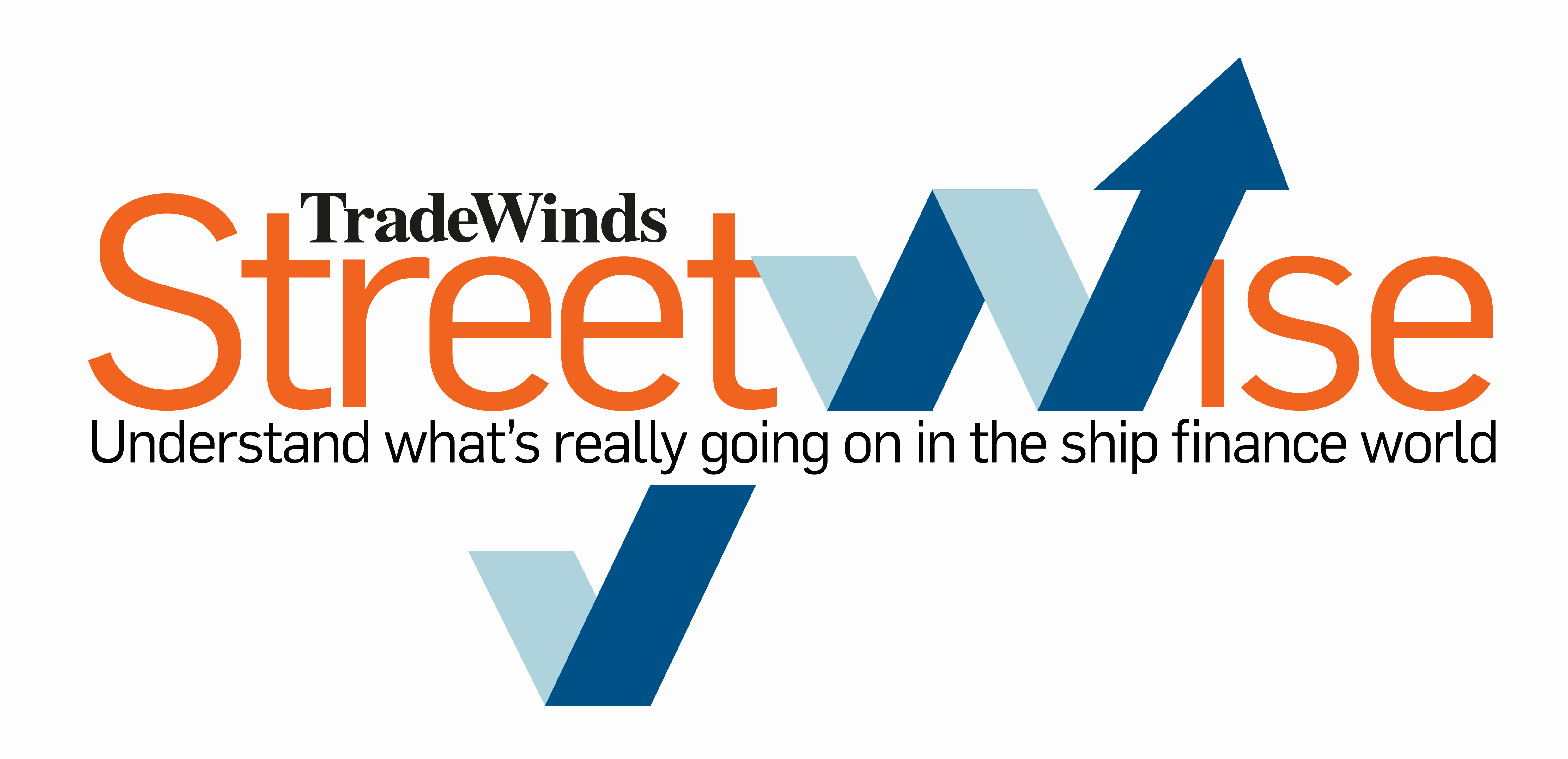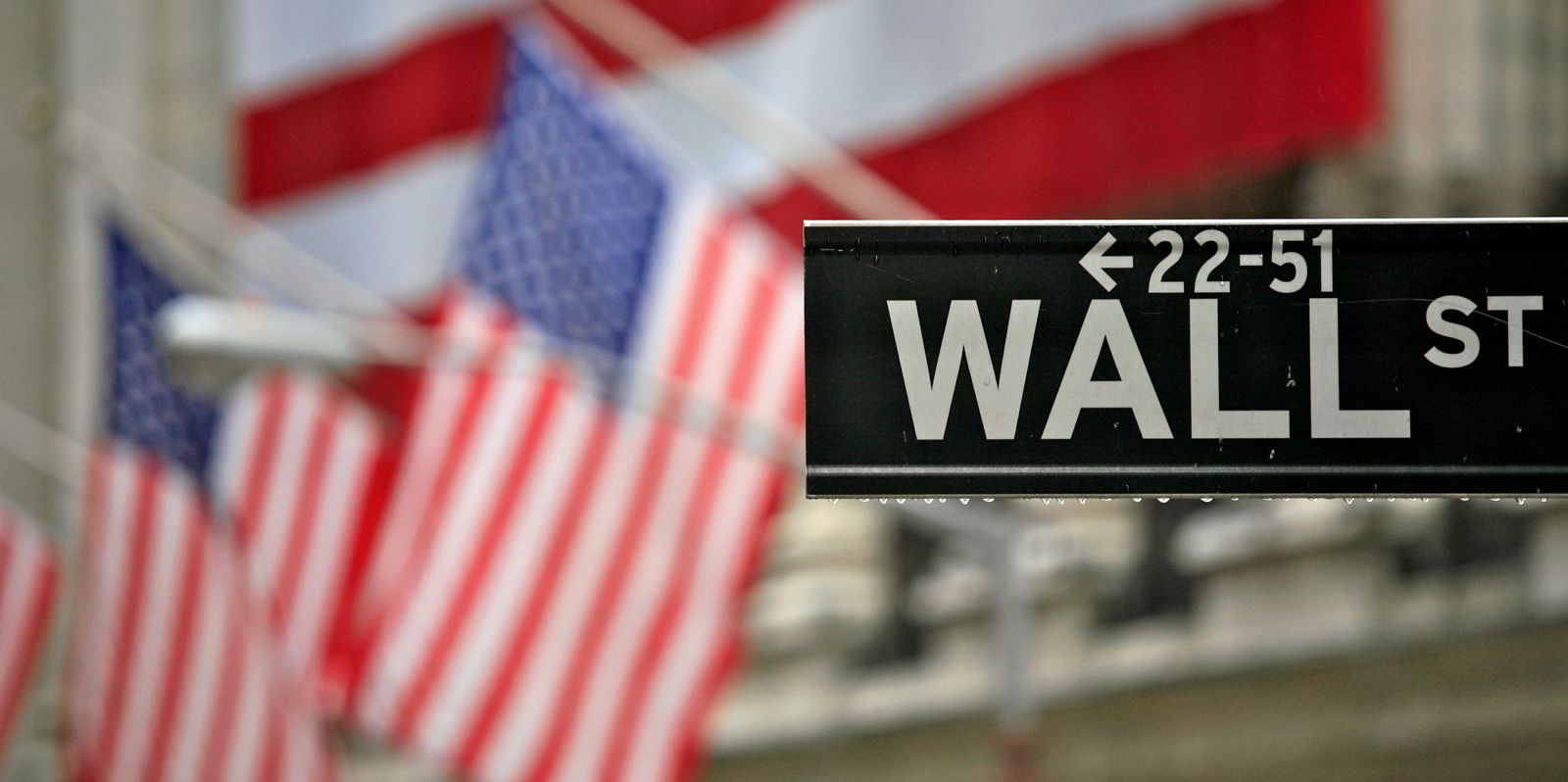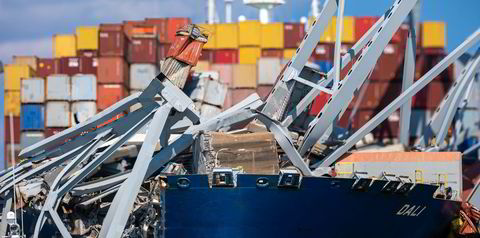While predictable as can be, it was still an ugly Monday for US-listed tanker stocks as investors baulked at further adverse crude-supply news from Opec+.
Tanker stocks tumbled between 3% and 8% over the trading day in New York after the energy cartel elected to extend a previous 1.66m barrels-per-day supply cut for a further 12 months, and Saudi Arabia pledged a unilateral 1m bpd cut from its current quota.
As TradeWinds has reported, the stock selloff was predicted by financiers including Norwegian fund manager Joakim Hannisdahl.
“Although the extent and implications of this surprise move from OPEC+ is arguably of less magnitude [than the original cuts], we would expect oil tanker shares to trade deep in the red [Monday],” he said.
The worst damage came to Norwegian crude spot-market player Frontline, which saw shares drop 7.31% to $13.69.
Fellow VLCC owner DHT Holdings tumbled 5.3% to $7.88, while Teekay Tankers shed 4.8% to $37.98.
Mixed-fleet owners International Seaways and Tsakos Energy Navigation bled 4.6% to $36.07 and 3.92% to $17.39.
On the clean product side, giant Scorpio Tankers dropped 4.4% to $46.71, while Ardmore Shipping of Ireland gave up 4.7% to $11.99.
The losses came against a broader market that was down more modestly, with the S&P 500 shedding 0.2% to 4,273 and the Dow Jones Industrial Average off 0.6% to 33,562.
Oil prices rose on Monday after the news from Saudi Arabia and Opec+, which were acting to counter macroeconomic headwinds that have soured markets.
Brent crude futures settled up 58 cents at $76.71 a barrel, after touching a session high of $78.73.
US West Texas Intermediate crude gained by 41 cents to $72.15 after hitting an intraday high of $75.06.

Hannishdahl said earlier that despite the short-term selloff on the news, prospects still remain favourable for the public owners in the sector.
He said oil tanker fleet utilisation is now above 90% and was close to 100% in the fourth quarter of last year.
“Even assuming that the Opec+ cuts will be sustained until end-2024 [that] would mean a very strong tanker market on our indicative estimates, all-else-equal,” he said.





